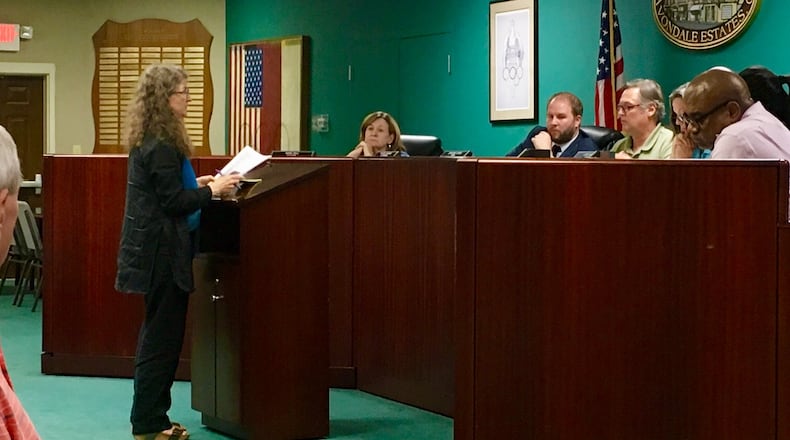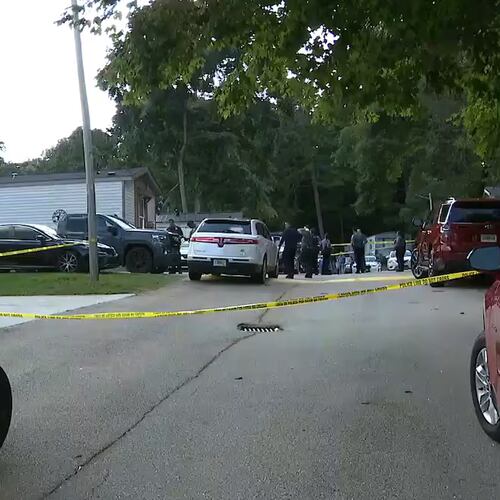During a recent special called meeting Avondale Estates’ Board of Mayor of Commissioners approved creating an Urban Redevelopment Agency, a stratagem vigorously denounced by a dozen or so residents who spoke during public comment.
Since initial discussions regarding the URA began in April, it has mostly puzzled or simply proved unpopular with residents who regularly attend meetings. Nevertheless the URA was activated by a 4-0 vote (Commissioner Brian Fisher was absent), and will get staffed by the five BOMC members.
Unlike the BOMC, the URA can issue a bond anticipation note for financing five projects the city has given top priority. By issuing a BAN, the city has the ability to borrow money for those projects without needing the voter approval required by a general obligation bond.
This last is a predominant reason for public disapproval of the BAN, along with the oft-stated belief the process is moving too fast. Public commenters have also expressed displeasure with borrowing large amounts of the money, in this case an estimated $7 to $7.5 million, an approach the city has historically avoided.
City Manager Patrick Bryant and commissioners argue the BAN would save taxpayers money in the long run
“With a BAN, you pay interest only on the amount of money that you borrow,” Patrick told the AJC. “With a [general obligation bond], once approved, you start paying immediately on both the principal and interest.”
Prior to last week’s vote Bryant added, “With a GO bond you have to pay the whole amount, so you need a good idea about how much [the projects] will cost. Right now we don’t know how much we’d have to borrow—we haven’t done the engineering and design studies to determine that. The BAN allows flexibility to borrow what’s needed. With a GO bond we’d be borrowing against the unknown, so there’s a big risk we’d be over borrowing.”
The five projects that would get paid through the BAN: the Kensington storm water project, the north woods (north of Lake Avondale) storm water project, creation of a storm water master plan, restructuring of the Laredo Drive/Clarendon Avenue intersection and development of a roughly two-acre park in downtown.
For Patrick and commissioners another advantage in having a URA is that it can legally negotiate with Fabric Developers or any firm proposing a project in Avondale Estates. Fabric was the only company giving the city a response to its Request for Qualifications to design and build a possible commercial sector fronting the park.
The next step for the new a URA is establishing a series of public meetings, writing its bylaws and selecting a chairman.
About the Author
The Latest
Featured


